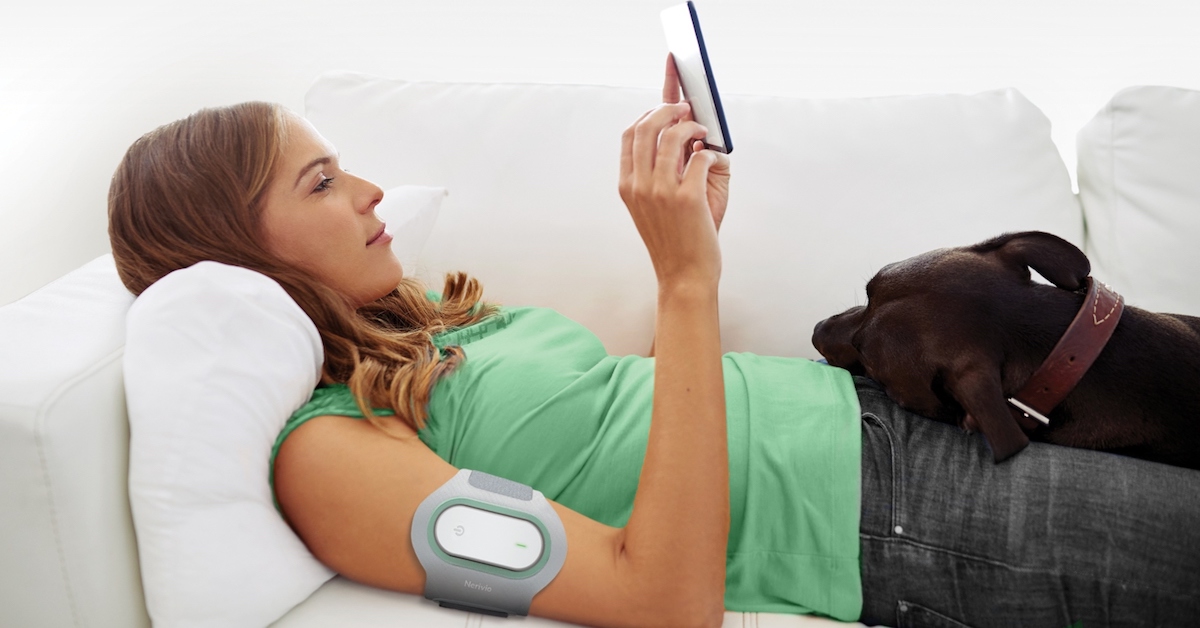<< Back
Now a Smartphone App That Tracks a Patient’s Recent Migraine History

March 07, 2022
The pain from migraine can be excruciating, but relying on a patient’s memory of how often they occur and how long they last isn’t the most effective way to track and treat them.
The team at the Hartford HealthCare Ayer Neuroscience Institute Headache Center is currently testing a free smartphone application-based electronic diary they hope will change that, and eventually make them the first in the nation to offer one standard diary for all headache patients in its five locations statewide.
According to Dr. Sandhya Mehla, a specialist with the Headache Center, a pilot program is testing the effectiveness of the Nerivio smartphone app by Theranica. The app prompts migraine patients to make daily log entries they then upload for their provider right before an office visit.
“It takes 45 to 60 seconds every day, but the data the app generates is important as we make changes to the treatment plan to help decrease the number and intensity of their headaches,” Dr. Mehla said. “We noticed we have patients coming in who can’t remember details about their headaches. This will help them and, in turn, help us make more educated decisions.”
Those important details elicited by the diary, she said, include:
- Headache frequency.
- Headache severity.
- Headache duration.
- Any other co-occurring symptoms.
- Whether the headache coincides with the patient’s menstruation cycle.
- If any medication is taken and if it has any effect.
“We didn’t want to make the app too complicated because that would decrease compliance,” Dr. Mehla said. “I’m a migraine patient myself and have used several apps. I know we needed just a few very relevant questions.”
Information is then uploaded through the patient’s MyChart a day before their routine office visit.
“Our short-term goal is for the patient to send the last three months of data the day before their visit. The long-term goal is to see if we can incorporate the information into Epic so we can automatically extract the data and further decrease the number of steps needed for patients to send their headache report to us,” Dr. Mehla said.
As a provider, Dr. Mehla said it’s helpful to know, for example, if a patient had a headache on five consecutive days or off and on during a week. Other symptoms – such as light sensitivity or nausea – can help determine the type of headache the patient experienced which can guide doctors to suggest devices like migraine glasses or a medication change.
Currently, about 30 patients and Ayer Neuroscience Institute headache providers are helping troubleshoot the Nerivio app so the Headache Center can introduce it all of its patients in a few weeks, she said.
“We’re collecting feedback from providers, staff and patients so we can make modifications for the final rollout,” she said.